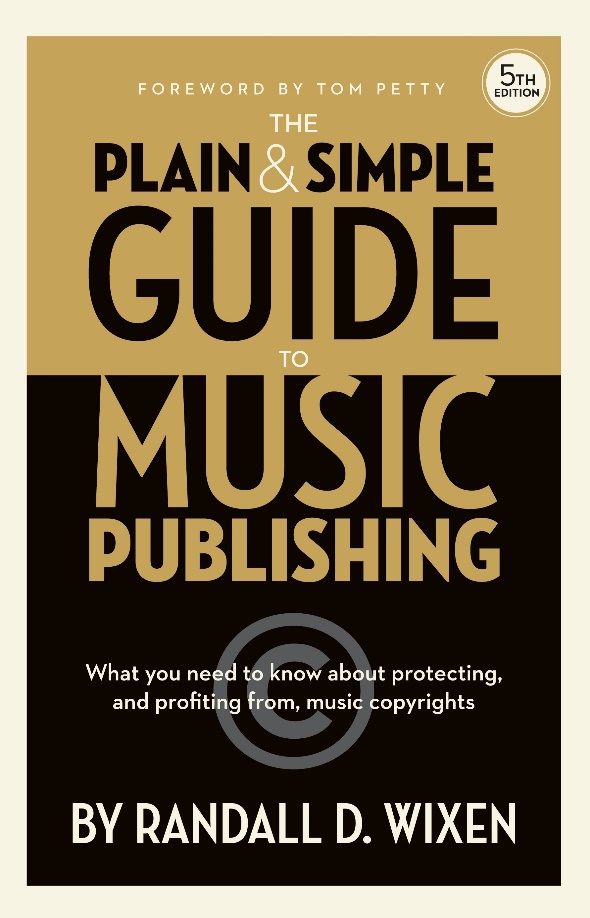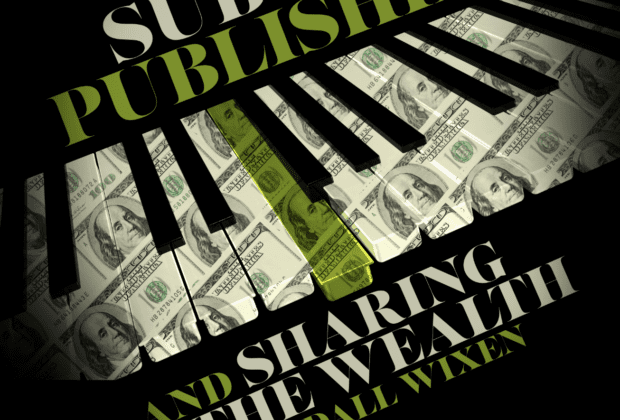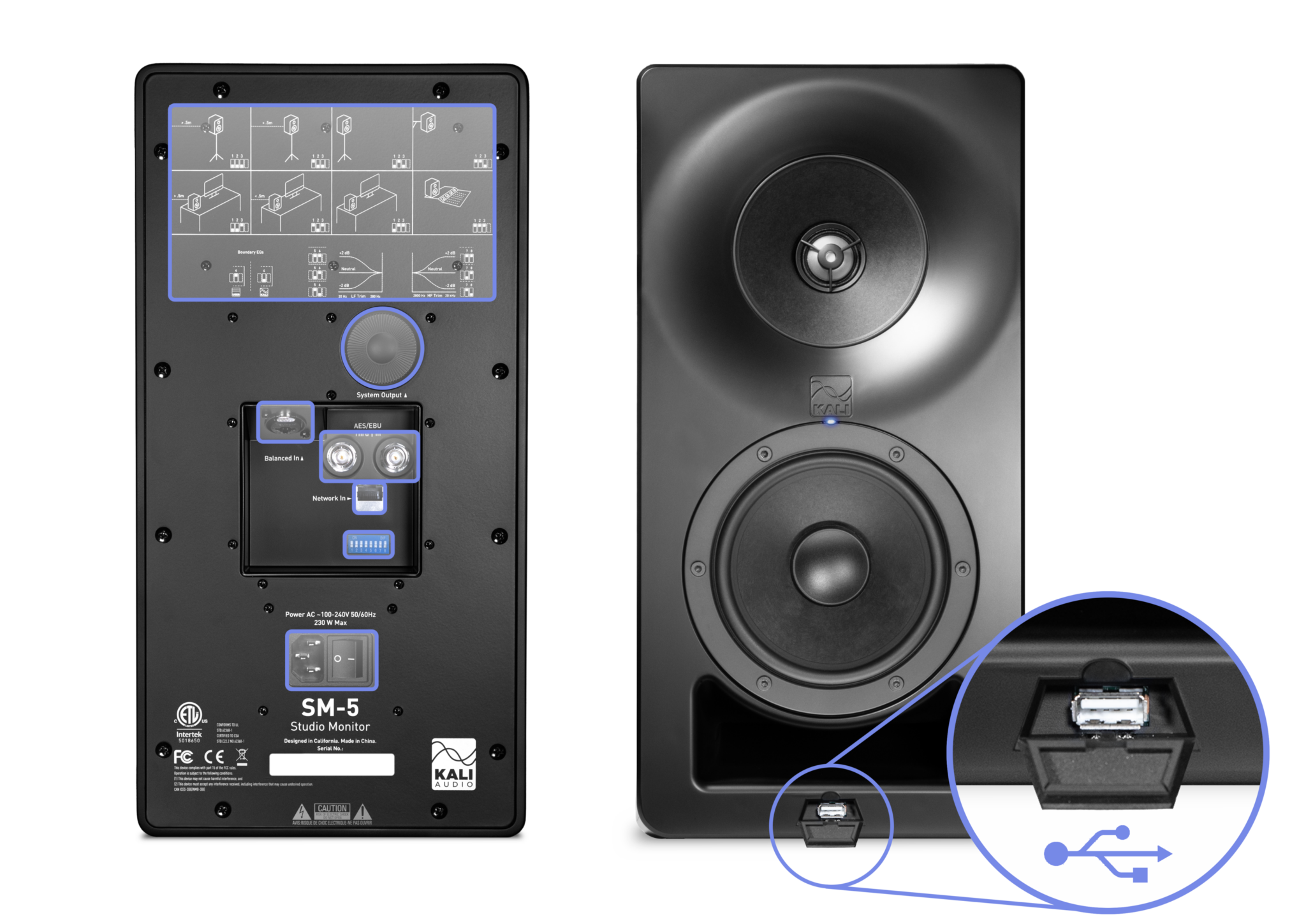By Randall Wixen
Subpublishers represent publishers and their repertoires in foreign territories. Some music publishers, mostly the multinational companies such as Warner/Chappell, Sony Music, Universal, Peer, and BMG own and operate their own subpublishing offices in various territories throughout the world. While this is an advantage for the companies, it may not be an advantage for the company’s clients.
Most publishers employ subpublishers in various territories of the world. Canada is usually, but not always, excluded from subpublishing coverage for United States publishers because of its proximity and the ease of dealing directly with Canadian companies from the United States (If you’re a music publisher in New York, for instance, you’re probably a closer distance to a Canadian record company than to a record company in Los Angeles, and Canadians are friendlier). Some music publishers hire one multinational firm to represent them throughout the world. Others go on a territory-by-territory basis, hiring the best subpublishers they can find in each territory, but this is becoming increasingly rarer.
In actuality, each country of the world does not need to be covered. There are many countries of the world where either (practically speaking) copyright obligations are not recognized, or where the income deriving from music copyrights is so small that the cost of collecting your money is higher than what you would get. Many countries are assembled into more manageable territorial groupings. It is thus possible to cover most of the world by having between 15 to 20 subpublishing deals in place.
A Good Subpublisher
Music publishing, as a field, is filled with intricacies and complications. The best music publishers are well suited to dealing with myriad details, deadlines, and regulations. Organization, efficiency, and attention to detail; strong mathematic, verbal, and negotiation skills; honesty; and dependability are among the most important characteristics of a music publisher. So, too, are these the qualities to look for in a subpublisher. It also helps if the subpublisher communicates well in English if that’s the only language you know.
It has been said that a good subpublisher is one who answers your emails quickly and returns your phone calls. While there may be some truth to this adage, it is important to remember that the correlation between speed of reply and subpublishing quality is not one of causality but one of association.
Let’s Make a Deal
Making a deal with a subpublisher is generally easy. Most foreign countries have far less of a legal culture than the United States, and usually you will be negotiating with the subpublishers themselves and not foreign lawyers.
The typical initial term for a subpublishing deal is three years, with extensions thereafter in one-year increments. The smallest music publishing catalogs might attain an 85 percent/15 percent split with a subpublisher. In really small territories where revenue is minimal to begin with, you might even enter into an 80 percent/20 percent deal. Large, more significant catalogs will get a 90 percent/10 percent split, and extremely important and prestigious catalogs may even get a 95 percent/5 percent split. In general, these splits apply to all types of income. Cover recordings and foreign film and TV placements solicited by and secured through the subpublisher’s own direct efforts are generally rewarded with higher splits. Money that is earned but uncollected in foreign territories by the original publisher is also referred to as black box (or suspense) income and eventually gets distributed to all the publishers whose works were properly registered and collected in that territory as a kind of bonus. So if you wait too long to make a subpublishing deal, your earnings will go into the black box fund and someone else will get them. It is much better to be the recipient of unallocated black box income than a contributor, and depending on your clout, you may be able to get a subpublisher to agree to pay you a proportionate share of the black box income he/one receives.
If advances are being given by the subpublisher against future earnings, the split is usually between 85 percent/15 percent and 75 percent/25 percent, and the performance split may be doubled so that the subpublisher is getting an imputed commission on the writers’ half of performance income (which is paid directly to the songwriter and does not pass through the subpublisher’s hands). Where advances are taken, it is also typical that the agreement has automatic one- or two-year post-term extensions if the advances given are not earned out at the end of a typical initial three-year term. So, your three-year deal might end up as a five-year deal if it doesn’t earn out. Ironically, this rewards poor collection.
Finally, make sure you don’t focus too much on the split of a proposed subpublishing deal and too little on the quality of the collections and reputation. A 10 percent commission with one company hardly ever results in the exact same net income to you as a 10 percent commission with a different company. And 75 percent of excellent collections is a lot more than 90 percent of poor collections. This point was brilliantly illustrated to me when I switched from an 85 percent/15 percent deal with a multinational subpublisher covering South America, which had been producing a few hundred dollars’ income per year, in favor of an 80 percent/20 percent deal with an independent that immediately paid out more than $10,000 on its first rendered royalty statements. There’s always someone who will do it for less, but that doesn’t mean you’ll get more.

CO-WRITING AND CO-PUBLISHING
It is common practice now for more than one writer to collaborate on a song. If you review the writer credits for the songs on the Billboard “Hot 100” or “Hot R&B/Hip-Hop” charts, you will find many instances of four, five, or more writers and publishers (and that one asshole from the record company) listed as writers on a given song (And try to find any Hot 100 songs written by one, or even two writers). While some of these entities might be included due to incorporated samples, group collaboration is undoubtedly an important songwriting method these days.
It’s important to understand how a song comes together and how publishers and their songwriters protect and legally handle the jointly created work. Copyright exists once a song has been fixed in a tangible medium from which it may be reproduced. When there are two or more writers, in the absence of a written agreement to the contrary, copyright law deems that the split between the writers is equal, and makes no attempt to determine who contributed what and how important their contributions were. Except for nearly minimal contributions such as suggesting a title or changing a word or two or a note or two, each party is treated as the equal owner of an undivided interest in the song. When two writers collaborate, each owns a half of the whole song, even if one contributed only the lyrics and the other the music. When three writers collaborate, each one owns a third undivided interest. When four writers collaborate, each one owns a fourth undivided interest, and so on.
So-called “top liners” are brought in to polish up a song. In reality, top liners are people who can actually write a catchy melody and/or good lyrics, and who are brought into a project to make a bunch of junk that everyone else has been mucking around with into a half-way decent song. But of course, the “muckers” will still want a good-size piece of the song that wouldn’t be worth anything without the top liner.
It is important for the writers to agree when the work is finished (when it has been fixed) because at this moment in time, several important concepts and rules kick in. If you and your co-writers are working on a song and you have to take a break for a few days, you all need to agree that the song isn’t finished yet and is still a work in progress. Once the work is finished and has been recorded in some format, it becomes a joint work, which in copyright speak means that you have the intention that your “contributions be merged into inseparable or interdependent parts of a unitary whole.” Think of it as a musical latte. Once you add the steamed milk to the coffee, you’re not able to separate it out again. On the other hand, if the work has not been finished, it is more like a soft drink with ice in it. You can take the ice out and use it elsewhere if you want.
From the time a work is finished, further changes to the song have all sorts of ramifications and may even be prohibited by law if one of the writers does not want them. Such changes (to create a new song, version two, based on the first song) would constitute the creation of a derivative work, and if unauthorized might actually constitute copyright infringement. If this were not so, then your co-writer could effectively force you into collaborations and co-ownership situations with people you wouldn’t want to collaborate with or perhaps had never met.
These rules lead to some possibly counterintuitive results. Let’s look at a few examples.
If you collaborated equally on the lyrics with someone but wrote all the music, in the absence of a written agreement between the two of you to the contrary, each of you own half, even though you may feel as if you have done three-quarters of the work. There is no “separate but equal” concept with respect to music and words. As far as the copyright goes, you are equal creators of the joint work.
Here’s another example. Let’s say you finished a song with two co-writers, and then your co-writer, Bob, decides that the lyrics in the verse you wrote suck and wants to replace them with his own. Bob cannot do so without your permission because that would constitute the creation of a derivative work based on the jointly completed, fixed copyright that had been created by the three of you. If you ultimately saw it Bob’s way and agreed that your lyrics were actually bad, and agreed to allow the removal of all of your contributions and lyrics in favor of new and improved ones by Bob, you could nonetheless lay claim to a one-third share of the new song because you were a one-third owner of the finished song upon which the new work was based. This gives you the power, too, to prevent your contributions from being stripped out or altered from a finished work without your permission. Likewise, this prevents the dilution of your interest by the addition of more writers after you and your original co-writers have finished the song.
Obviously, fixing your finished work in a media (and thus stopping the clock on the creative process) could be an important step before you bring it into a recording session. Otherwise, the song could get “refinished” in a recording session or band rehearsal, and you could find yourself with four new claimants who decided or remembered that they helped you finish the song. Paranoia about this sort of thing can be bad for collaborations, but a laissez-faire attitude could also leave you with six co-writers you never met. Bands working out songs together must have a clear internal understanding about the distinction between songwriting and simply working out bass and drum parts for your song. It is best to talk openly about this up front, and if possible (I know, this is the music business), to collaborate only with those who you feel are aboveboard and honest.
It is very common for writers (especially outside writers) to think a song is finished and recorded, only to have a producer or label bring in new people without your knowledge to do further work on it, and then expect you to reduce your share of what you thought was the finished work. Strictly speaking, they don’t have the legal right to do this, but if you make a fuss and don’t reduce your share so that the asshole A&R person at the record label can get 10 percent of the song for adding the word “The” to the song title, you might not get called back by said asshole to work on future projects. It’s a slippery slope.
Back to Reality
In reality, not everyone contributes equally. The copyright law’s provisions are what take effect when you don’t bother to decide among yourselves. It’s kind of like dying without a will. When you don’t make a will, the government will decide who gets what for you. If Joe the drummer only contributed a little bit to the song, you and Joe need to arrive at an agreement that his share was (for instance) only 20 percent and that your share was 80 percent. If you don’t make this agreement, then the copyright goes automatically to the default 50 percent/50 percent. This type of agreement should be in writing but need not be complex or fancy to accomplish its basic intent. It might be written on a napkin or scrap of paper and say something as simple as “On March 1, 2004, Joe D. Rummer and Bob DeGuitar finished a song called ‘Whoo Hooo,’ and the share of ownership is agreed to be 20 percent to Joe and 80 percent to Bob. [Signed Joe and Bob].” Sometimes the writing members of a group give a piece of the writer and/or publisher share to the non-writing members just to keep them happy and to reward them for their other non-songwriting efforts like touring to promote the song. Remember, though, that this is a gift and not an entitlement, so you should proceed carefully (This could also have ramifications on potential statutory terminations).
Don’t Bogart That Joint (Work)
OK, so let’s say that you are now the proud 25 percent co-owner of a fixed joint work and U.S. copyright. In short, you now co-own the music publishing on the song, and you need to know what you can do with it. In the absence of a written agreement by the other three writers (or their designated publishers) to the contrary, you are free to license the work on a nonexclusive basis without any permission from your co-writers or co-publishers. While you legally have the right to grant nonexclusive licenses on behalf of 100 percent of the copyright, some potential licensers of the song will nonetheless insist upon obtaining licenses from your co-publishers for their shares of the song.
What types of nonexclusive licenses can you grant without the other co-owners’ permission? Provided that the song has already been publicly distributed, you can issue mechanical licenses for the whole song. (Since a first mechanical use can only happen once, it can be argued that a first mechanical use is an exclusive type of license). Likewise, you can also grant nonexclusive synchronization licenses for the song to be used in TV shows, films, advertising, ringtones, sheet music, etc. The logic behind this provision of the law is that if one owner has a chip on his shoulder or is in a feud with the other writers, he will not have the ability to prevent the others from enjoying the fruits of their labor by holding up the licensing.
Co-writers and co-publishers issuing nonexclusive licenses on behalf of 100 percent of the song do nonetheless have obligations to the other writers and co-owners. They must take steps to ensure that crediting on these nonexclusive licenses includes all writers and publishers. They also have specific legal requirements including the obligation to account to the remaining writers (or publishers) for their rightful shares of the license fees.
Administration of the joint work may be handled in several ways, and the chosen method is specified in the co-administration agreement. (If there is no such agreement, U.S. copyright law specifies who can do what.) If one party is administering the whole song for the others (this would more likely be called a co-publishing deal then), the agreement states that, and lists and defines the obligations (accounting, obtaining approvals, clearing works with performing right societies, defending against infringements, etc.) that the administering party has to the other writers and publishers. More commonly, if all the parties are actually able to administer their own shares of the publishing rights, the agreement specifies that each party will directly administer, license, and collect their own respective shares only (including via their own respective subpublishers), and that each party is accepting an affirmative obligation to inform potential licensers that they must contact the co-publishers to obtain licenses for the remaining shares.
In addition to normal contractual provisions, such as venue and choice of law, cure periods, and breaches, co-administration agreements should also contemplate:
• The treatment of print rights (especially important if one or more of the writers already has a print deal).
• Controlled composition clauses (especially if one or more of the writers has or might have a record deal that subjects him to a controlled composition clause).
• Under which circumstances, if any, a reduced-rate mechanical license will be granted.
• The process for dealing with requests for derivative work licenses (samples, parodies, medleys, etc.).
• Promotional video rights in the event that one or more of the writers is also a recording artist who is likely to release promotional or concert videos.
• The accounting of inadvertently received moneys whereby one of the co-writers (or co-publishers) receives all of the money for a given license and not his respective share.
• Warranties that each party’s contribution to the joint work is original and non-infringing, along with related indemnifications.
• The defense of claims against one or more of the co-writers and co-publishers with respect to the work, and the determination of when, if, and how to prosecute claims concerning the song against third parties.
• The sale of a party’s respective interest, including possible matching or first-refusal rights.
Randall Wixen is the founder of Wixen Music Publishing, Inc. in Los Angeles. With a sister company, Wixen Music UK Ltd. in London, the companies administer the song catalogs of many top artists from the last 50 years, ranging from Santana, the Doors, Missy Elliot and Al Green, to the Black Keys, Andrew Bird, Angel Olsen, and Sturgill Simpson.














